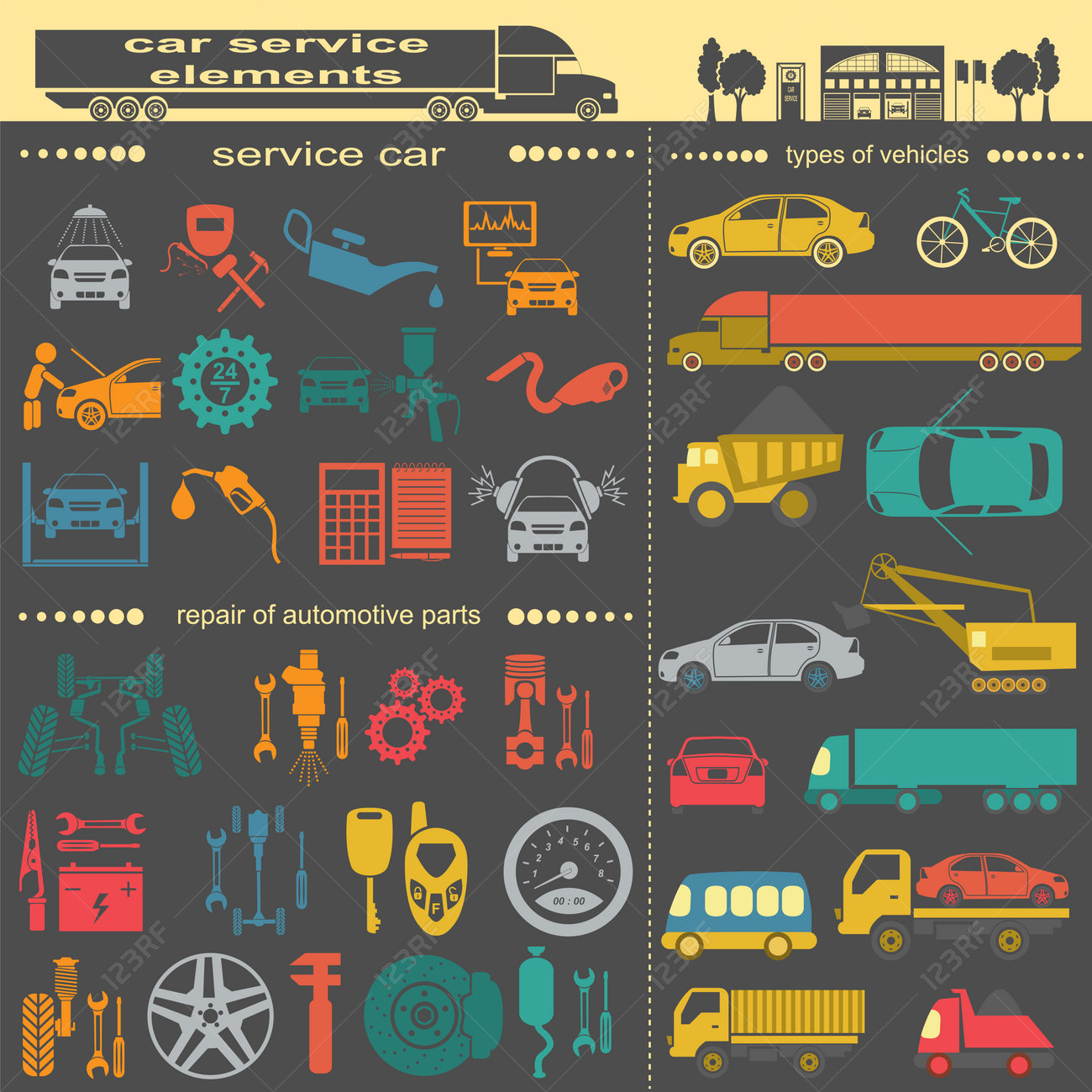Seeking Clearness On The Warning Lights Showed On Your Cars And Truck'S Dashboard? Discover How They Relate To Your Lorry'S Health And Wellness
Seeking Clearness On The Warning Lights Showed On Your Cars And Truck'S Dashboard? Discover How They Relate To Your Lorry'S Health And Wellness
Blog Article
Author-Boye Alvarado
When you're behind the wheel, those radiant warning lights on your control panel can be a little bit difficult. Do you recognize what they're trying to tell you about your vehicle's health? Comprehending the significance of these lights is crucial for your security and the long life of your vehicle. So, the next time one of those lights pops up, wouldn't you intend to understand its message properly and take the necessary actions to resolve it?
Common Warning Lights and Interpretations
Determine typical caution lights in your auto and recognize their definitions to make certain secure driving.
The most typical caution lights consist of the check engine light, which indicates issues with the engine or exhausts system. If this light comes on, it's crucial to have your lorry inspected quickly.
The oil pressure warning light shows reduced oil stress, requiring prompt interest to avoid engine damages.
A blinking battery light might recommend a faulty billing system, possibly leaving you stranded otherwise addressed.
The tire pressure surveillance system (TPMS) light alerts you to reduced tire pressure, affecting lorry stability and gas efficiency. Overlooking this can bring about unsafe driving conditions.
The abdominal light shows a trouble with the anti-lock braking system, compromising your ability to stop rapidly in emergency situations.
Lastly, the coolant temperature level warning light warns of engine getting too hot, which can cause severe damage otherwise resolved quickly.
Understanding these common warning lights will certainly aid you attend to problems promptly and preserve safe driving problems.
Value of Prompt Focus
Recognizing the usual caution lights in your vehicle is only the initial step; the relevance of quickly attending to these cautions can not be highlighted enough to guarantee your security when driving.
When a warning light illuminates on your dashboard, it's your auto's means of connecting a potential concern that requires interest. Overlooking https://speedwaymedia.com/2022/07/21/how-to-sell-off-your-junk-car-for-a-fair-price/ can result in more severe problems down the road, compromising your safety and potentially costing you much more out of commission.
Prompt attention to alerting lights can prevent breakdowns and accidents. As an example, a flashing check engine light can indicate a misfire that, if left unattended, could cause damage to the catalytic converter. Addressing this immediately can save you from an expensive fixing.
Similarly, a brake system alerting light could signal reduced brake liquid or used brake pads, essential parts for your safety and security when driving.
Do It Yourself Troubleshooting Tips
If you notice a warning light on your control panel, there are a couple of do it yourself repairing ideas you can attempt prior to seeking professional aid.
The very first step is to consult your car's handbook to comprehend what the specific warning light suggests. Sometimes the problem can be as simple as a loosened gas cap causing the check engine light. Tightening the gas cap might resolve the problem.
https://ecu-tuning-software-free28495.blog5star.com/31633372/trick-recommendations-leading-10-tips-for-recognizing-the-best-automobile-repair-shop-in-your-locality is a low battery, which can activate different cautioning lights. Examining the battery links for deterioration and ensuring they're safe might deal with the problem.
If a caution light continues, you can attempt resetting it by separating the car's battery for a few mins and after that reconnecting it. In addition, checking your automobile's liquid levels, such as oil, coolant, and brake fluid, can aid repair cautioning lights related to these systems.
Verdict
To conclude, understanding your auto's warning lights is necessary for keeping your car running smoothly and securely. By promptly resolving these informs and understanding what they indicate, you can prevent costly repair work and possible malfunctions.
Bear in mind to consult your auto's guidebook for specific details on each alerting light and take action accordingly to make sure a trouble-free driving experience.
Remain educated, remain secure when traveling!
